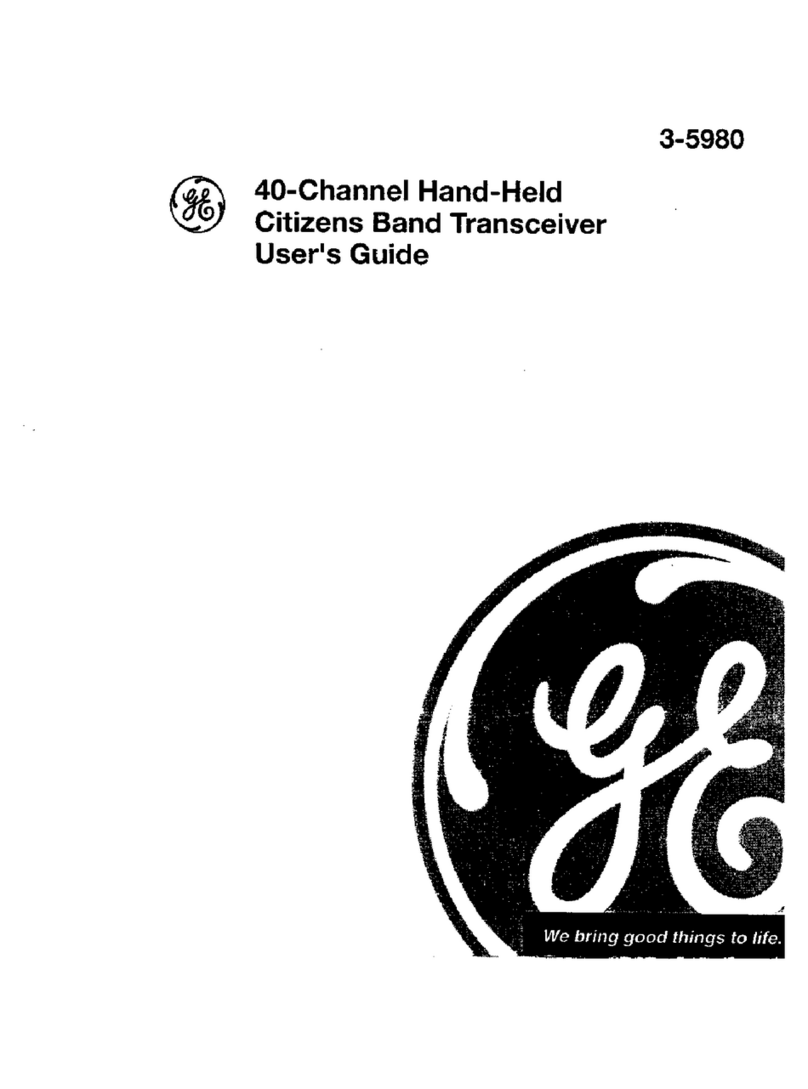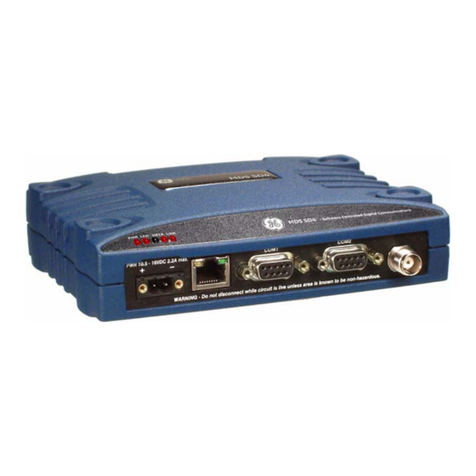GE Reason RT411 User manual
Other GE Transceiver manuals
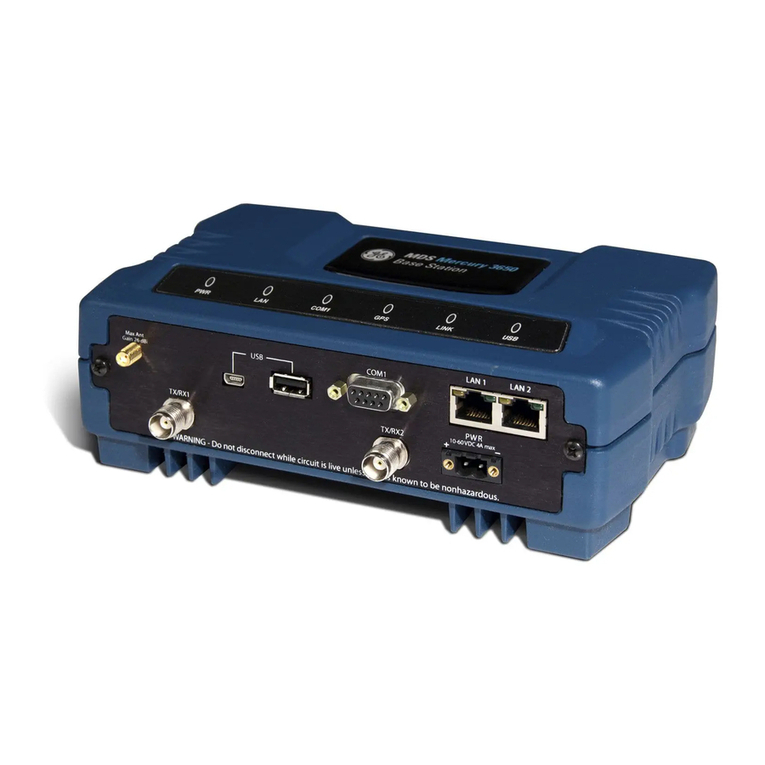
GE
GE MDS Mercury Series User manual

GE
GE MDS SDM4-1 User manual

GE
GE MDS Mercury Series User manual

GE
GE MDS SD Series User manual
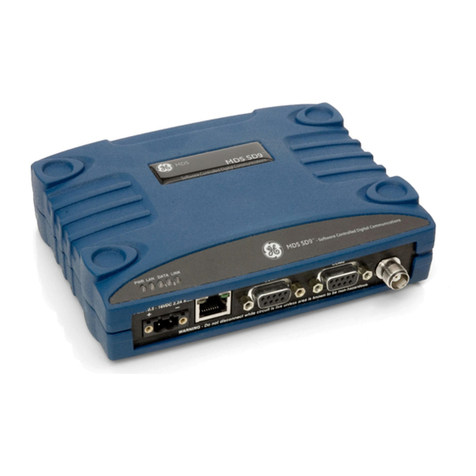
GE
GE MDS SD 1 User manual
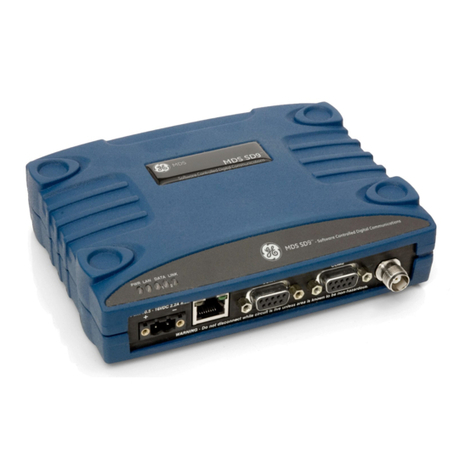
GE
GE MDS SD Series User manual

GE
GE MDS SD Series User manual

GE
GE MDS Mercury Series User manual

GE
GE MDS SDM9 User manual
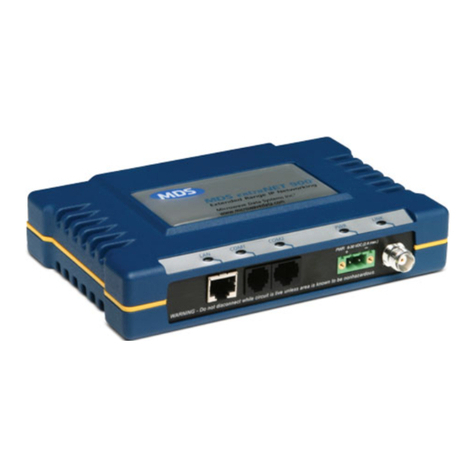
GE
GE MDS entraNET Series User guide
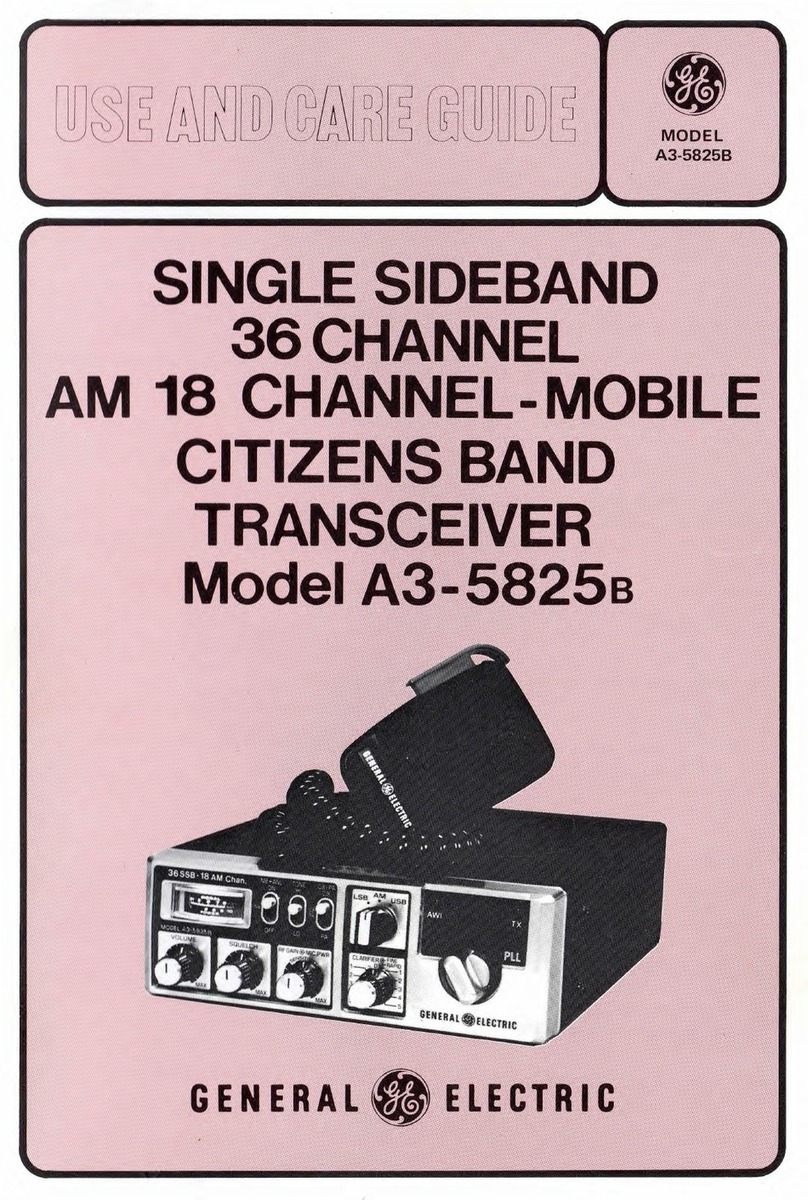
GE
GE A3-5825B User manual
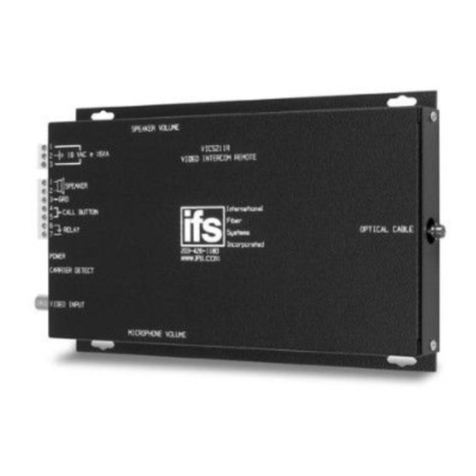
GE
GE VIC5211M Installation guide
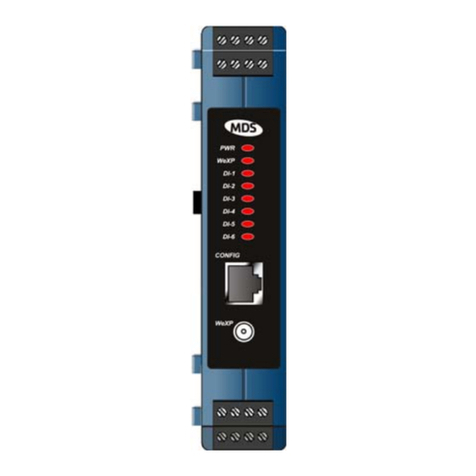
GE
GE MDS NETio-TB Series Original operating instructions

GE
GE MDS SD Series User manual
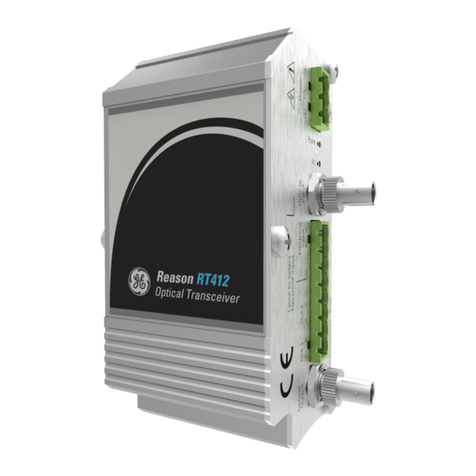
GE
GE Reason RT412 User manual
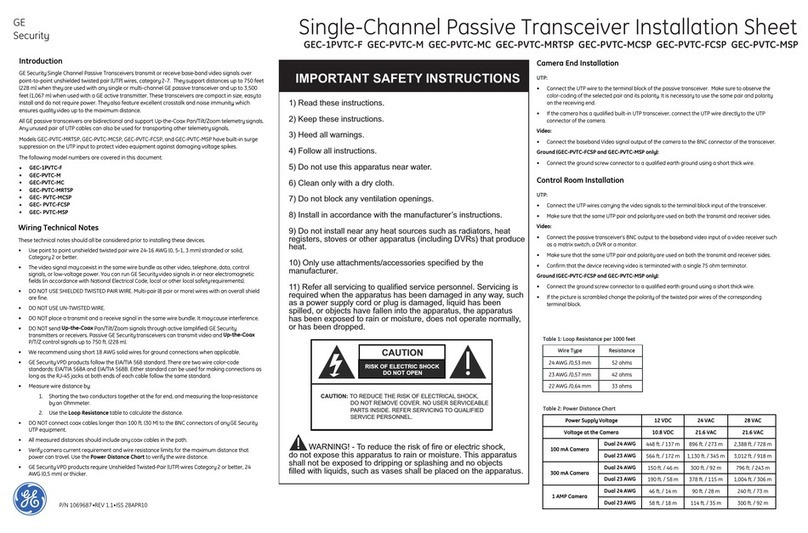
GE
GE GEC-1PVTC-F Assembly instructions
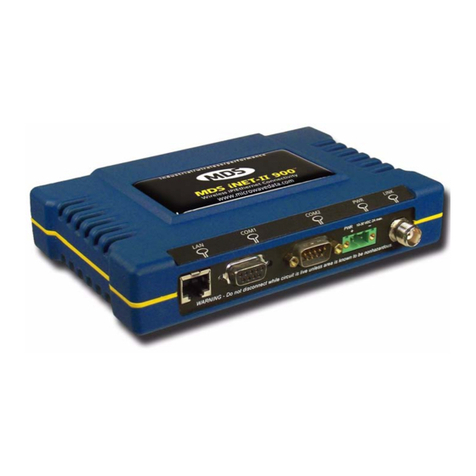
GE
GE MDS iNET Series User manual
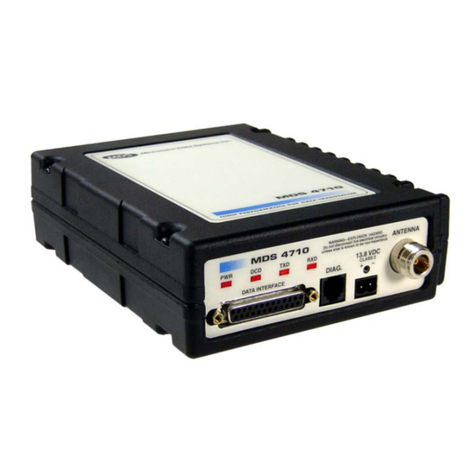
GE
GE MDS 9710T User manual

GE
GE 900 MHz User manual
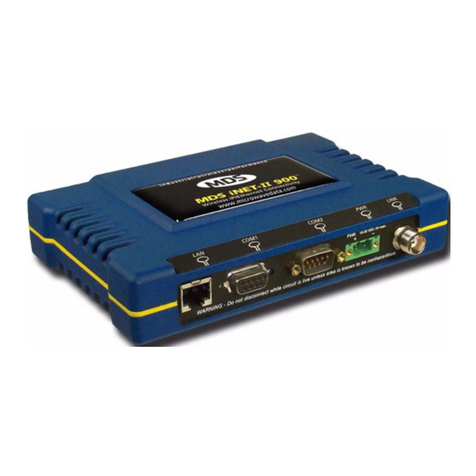
GE
GE MDS iNET 900 User manual
Popular Transceiver manuals by other brands

Kenwood
Kenwood ProTalk TK-3201 instruction manual

City Theatrical
City Theatrical SHoW DMX SHoW Baby user manual

Standart Horizont
Standart Horizont HX407 owner's manual

B&G
B&G V90S quick start guide

VictelGlobal
VictelGlobal ALK300 series Operation manual

Cactus
Cactus Wireless Flash Transceiver V6 user manual


